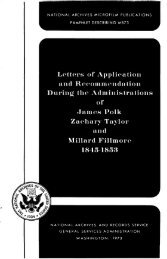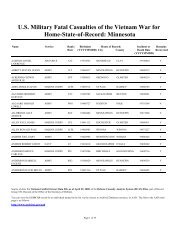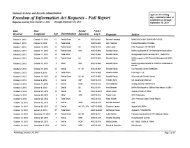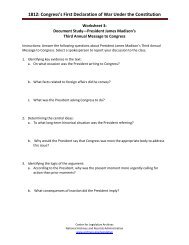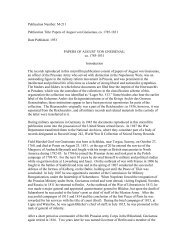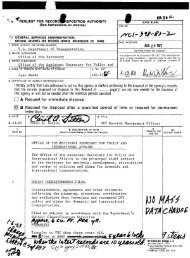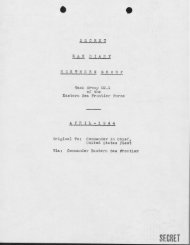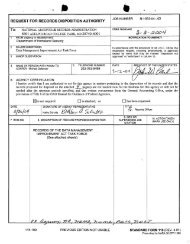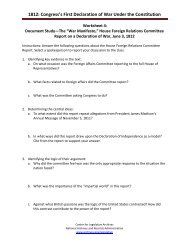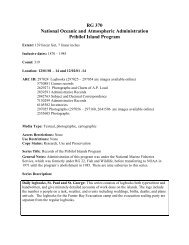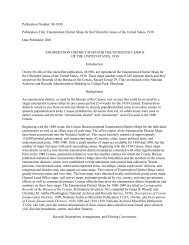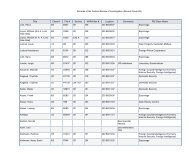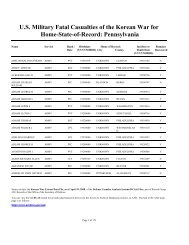HITLER'S SHADOW - National Archives and Records Administration
HITLER'S SHADOW - National Archives and Records Administration
HITLER'S SHADOW - National Archives and Records Administration
You also want an ePaper? Increase the reach of your titles
YUMPU automatically turns print PDFs into web optimized ePapers that Google loves.
in return for his services, U.S. forces protected Mildner against extradition. In<br />
1949, like a number of other Nazi war criminals, Mildner went to Argentina. He<br />
later crossed paths there with his former colleague Adolf Eichmann. 26<br />
The Gestapo <strong>and</strong> the Struggle Against Communism:<br />
The Gestapo in Baden<br />
In the spring of 1947 a CIC agent named Robert S. Taylor from CIC Region IV<br />
(Munich) recruited Klaus Barbie, the one-time Gestapo Chief of Lyon (1942–<br />
44). Barbie helped run a counterintelligence net named “Büro Petersen” which<br />
monitored French intelligence. In 1948 Barbie helped the CIC locate former<br />
Gestapo informants. In 1949–50, he penetrated German Communist Party<br />
(KPD) activities in CIC Region XII (Augsburg). Unaware of Barbie’s initial hiring<br />
in 1947, CIC headquarters was ambivalent about retaining him. Regardless,<br />
he continued to work for the CIC in return for protection against French war<br />
crimes charges. The story of his escape to South America with the help of the<br />
CIC, after French authorities began to make inquiries as to his whereabouts in<br />
1951, is well known. 27<br />
The latest batch of CIC records has more information about the process<br />
of hiring Gestapo officials. Allan Ryan quotes a CIC headquarters June 7, 1949,<br />
directive from Maj. Earl Browning titled “Brief <strong>and</strong> Policy for the Interrogation<br />
<strong>and</strong> Exploitation of Gestapo Personnel.” It called for the reinterrogation of Gestapo<br />
specialists regarding KPD methods <strong>and</strong> possible agents that could be used within<br />
the KPD itself. But the directive had limits. “It is the policy of this Headquarters,”<br />
Browning wrote, “to discourage the use of Gestapo personnel as further sources<br />
of this organization except in unusual circumstances.” 28 Either this directive was<br />
frequently disregarded, or there were a lot of unusual circumstances.<br />
Approximately 1,200 newly released files relate to the penetration of<br />
German Communist activities <strong>and</strong> specifically to “Project Happiness,” the CIC’s<br />
codename for counterintelligence operations against the KPD. A smaller number<br />
of files relate specifically to the location of <strong>and</strong> use of Gestapo personnel as agents<br />
<strong>and</strong> informants in the different CIC regions. The example of the Baden region<br />
in West Germany suggests that the CIC’s relationship with Gestapo officers<br />
40 | New Materials on Former Gestapo Officers



